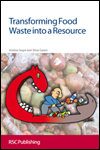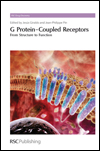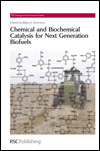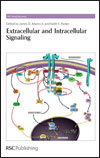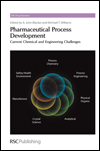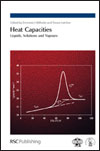Wouldn’t it be great if windows cleaned themselves? Or even whole buildings? Clothes that stayed smelling fresh? Some of these dreams are already a reality, thanks to Titanium Dioxide (TiO2),
TiO2 is a widely-used semiconductor which gives rise to redox reactions under artificial or solar irradiation. This feature of TiO2 can be exploited in photocatalytic reactions, and is the main theme behind “Clean by Light Irradiation”.
The book opens with a comprehensive chapter on the fundamentals of semiconductors and heterogeneous photo catalysis, as well as their influence by artificial sources of light. The various physical forms of TiO2, and their respective properties are then discussed, along with the potential for supporting TiO2 on a variety of materials.
Subsequent chapters consider the application of TiO2 to glass and other construction materials. Paper, textiles and metal are also considered in a further chapter, as is the purification of air and water.
Throughout the book the authors provide clear information on the various applications of TiO2 and detailed citations to the primary literature are on hand for readers wishing to go into further details. Its forward-looking approach makes the volume essential for anyone wishing to become involved, or make the most of, this versatile material.











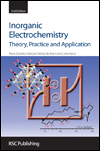 Written by Piero Zanello and Fabrizi de Biani both from University of Siena and Carlo Nervi, University of Torino, this second edition of a classic book has been fully revised and updated and is a straightforward, logical introduction to electrochemical investigations for inorganic chemists. Covering every feature of inorganic electrochemistry – the introduction is followed by chapters on the basic characteristics of electrochemistry followed by practical and applicative aspects and ends with full appendices. It is probably the only publication with a simple approach to electrochemical aspects of the topics in inorganic chemistry.
Written by Piero Zanello and Fabrizi de Biani both from University of Siena and Carlo Nervi, University of Torino, this second edition of a classic book has been fully revised and updated and is a straightforward, logical introduction to electrochemical investigations for inorganic chemists. Covering every feature of inorganic electrochemistry – the introduction is followed by chapters on the basic characteristics of electrochemistry followed by practical and applicative aspects and ends with full appendices. It is probably the only publication with a simple approach to electrochemical aspects of the topics in inorganic chemistry. 